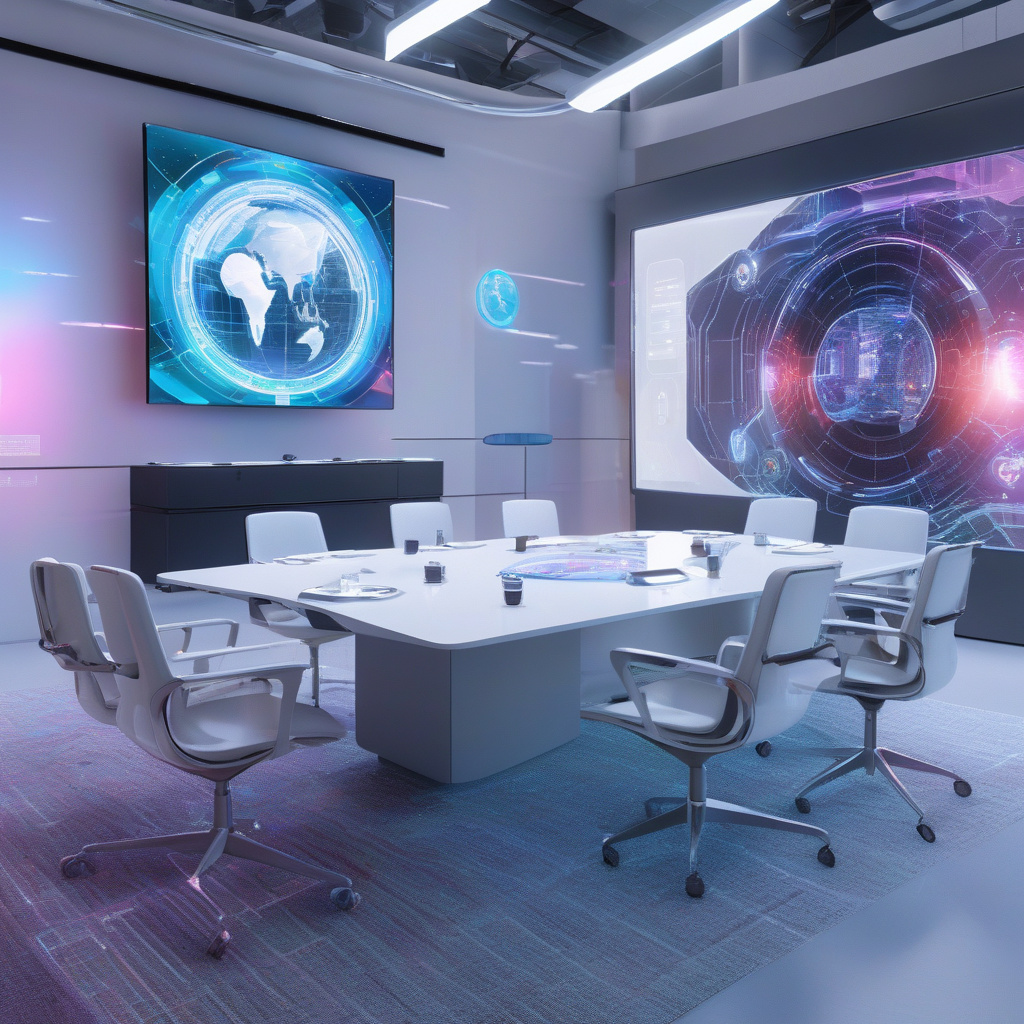Google’s AI Agent Protocol: Revolutionizing Digital Labor
In the realm of artificial intelligence, Google’s innovative Agent2Agent protocol is taking center stage, poised to revolutionize digital labor. This cutting-edge protocol serves as a vital tool for enabling seamless communication and collaboration among AI agents in various models and enterprises.
Recently, Microsoft embraced the A2A protocol, integrating it into Copilot Studio and Azure AI Foundry. This move empowers developers to construct shared agents capable of interacting with one another effectively, fostering a new era of AI interoperability.
The open-source nature of Google’s A2A protocol allows networks of agents to establish goals, reason, take action, and deliver results across different cloud environments, enterprises, and data silos. This breakthrough has been lauded by industry experts like Yina Arenas and Bas Brekelmans for its transformative potential.
As the demand for scalable AI systems continues to grow, the need for interoperability becomes non-negotiable. Companies like Glean are quick to recognize the significance of A2A in enhancing AI-powered collaboration, paving the way for a more interconnected and efficient digital workforce.
A key advantage of the A2A protocol lies in its ability to facilitate seamless communication and collaboration among agents, irrespective of their underlying vendor or system. Unlike traditional agents designed for specific tasks, A2A promotes cross-functional collaboration, enabling agents to tackle more complex challenges collectively.
In parallel, Anthropic’s MCP (Model Context Protocol) is gaining traction as another agent-to-agent protocol. While A2A focuses on orchestrating multiple agents, MCP provides essential tools for agents to access, complementing each other’s functionalities in the evolving AI landscape.
It’s crucial to note that A2A and MCP are complementary rather than competing protocols, addressing distinct requirements within the AI ecosystem. A2A streamlines communication among agents, while MCP enhances their ability to understand and contextualize data, especially in large-scale deployments.
Salesforce, a key collaborator with Google in developing the A2A standard, is also actively advancing the adoption of this transformative technology. By leveraging A2A, Salesforce aims to seamlessly integrate AI agents across various ecosystems like Agentforce, unlocking new possibilities for orchestrated implementations.
The industry is abuzz with excitement over the potential of A2A and MCP to revolutionize AI applications rapidly. Companies like Read.AI are closely monitoring these developments, anticipating transformative changes in productivity and business processes across platforms like Salesforce, Atlassian, Google, and Slack.
While the implementation of A2A is still in its early stages for some organizations like Read.AI, the potential for tighter integration of diverse data sources holds immense promise. As these revolutionary protocols continue to evolve, the future of AI-driven digital labor looks increasingly dynamic and interconnected.

